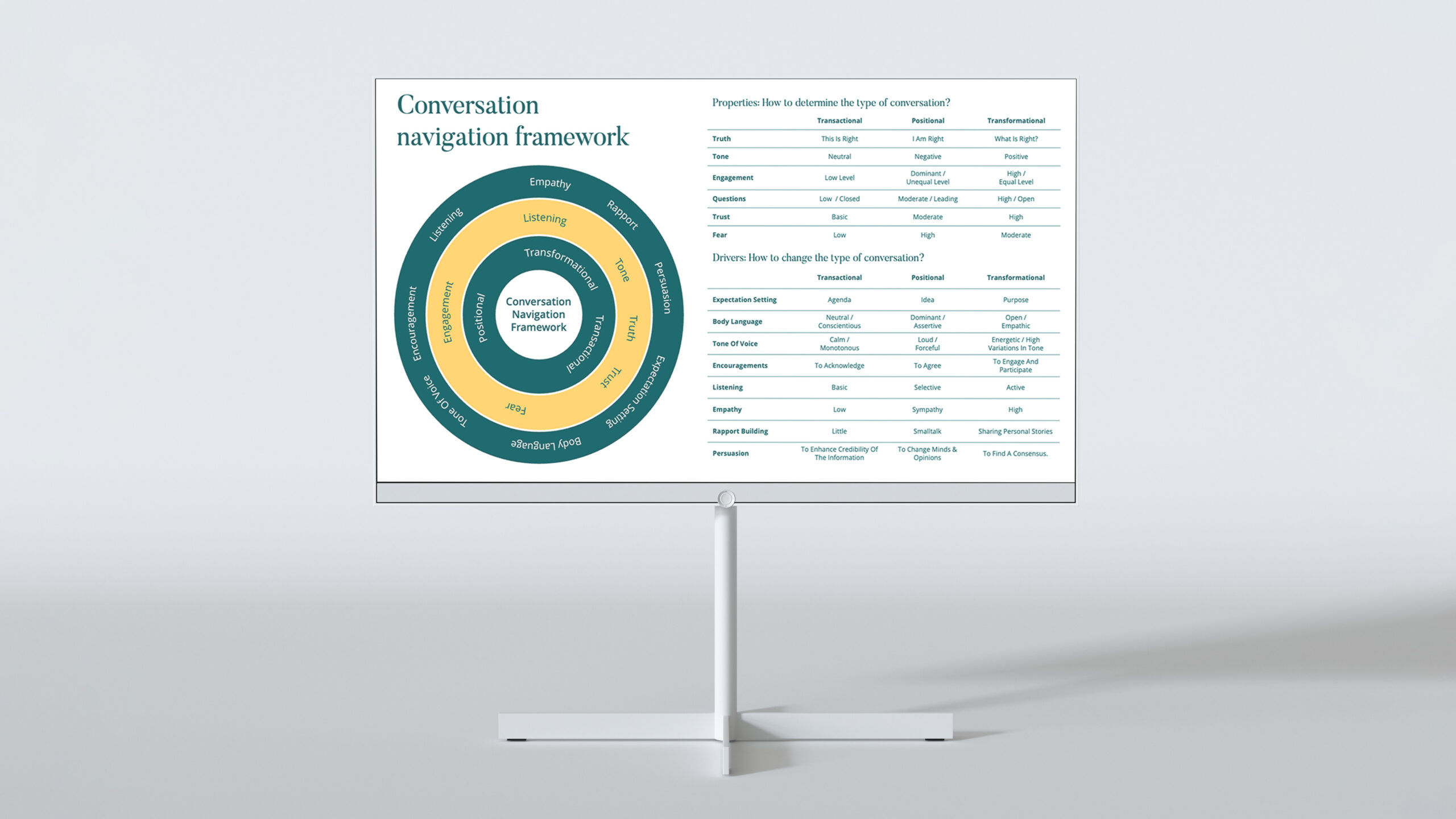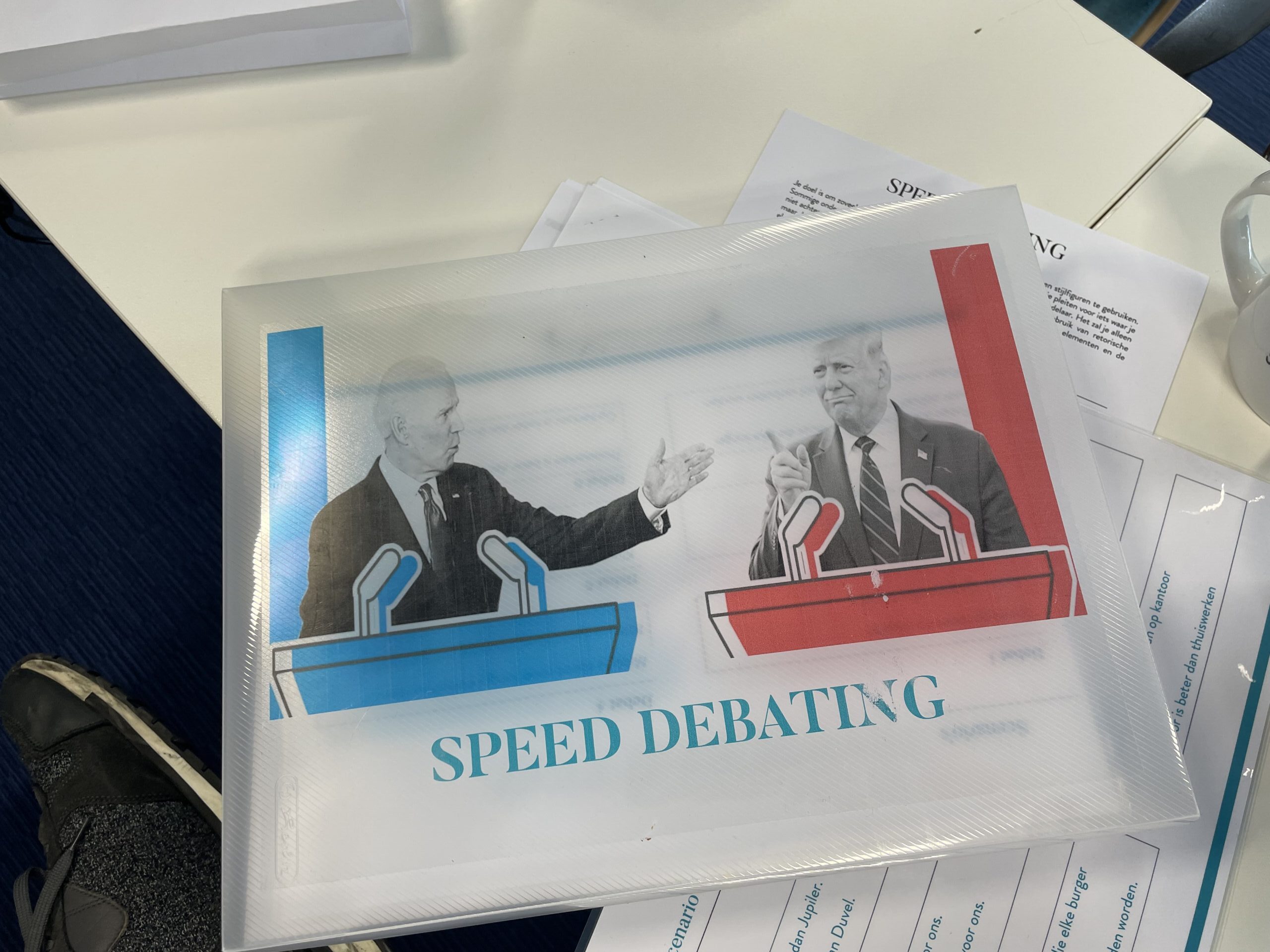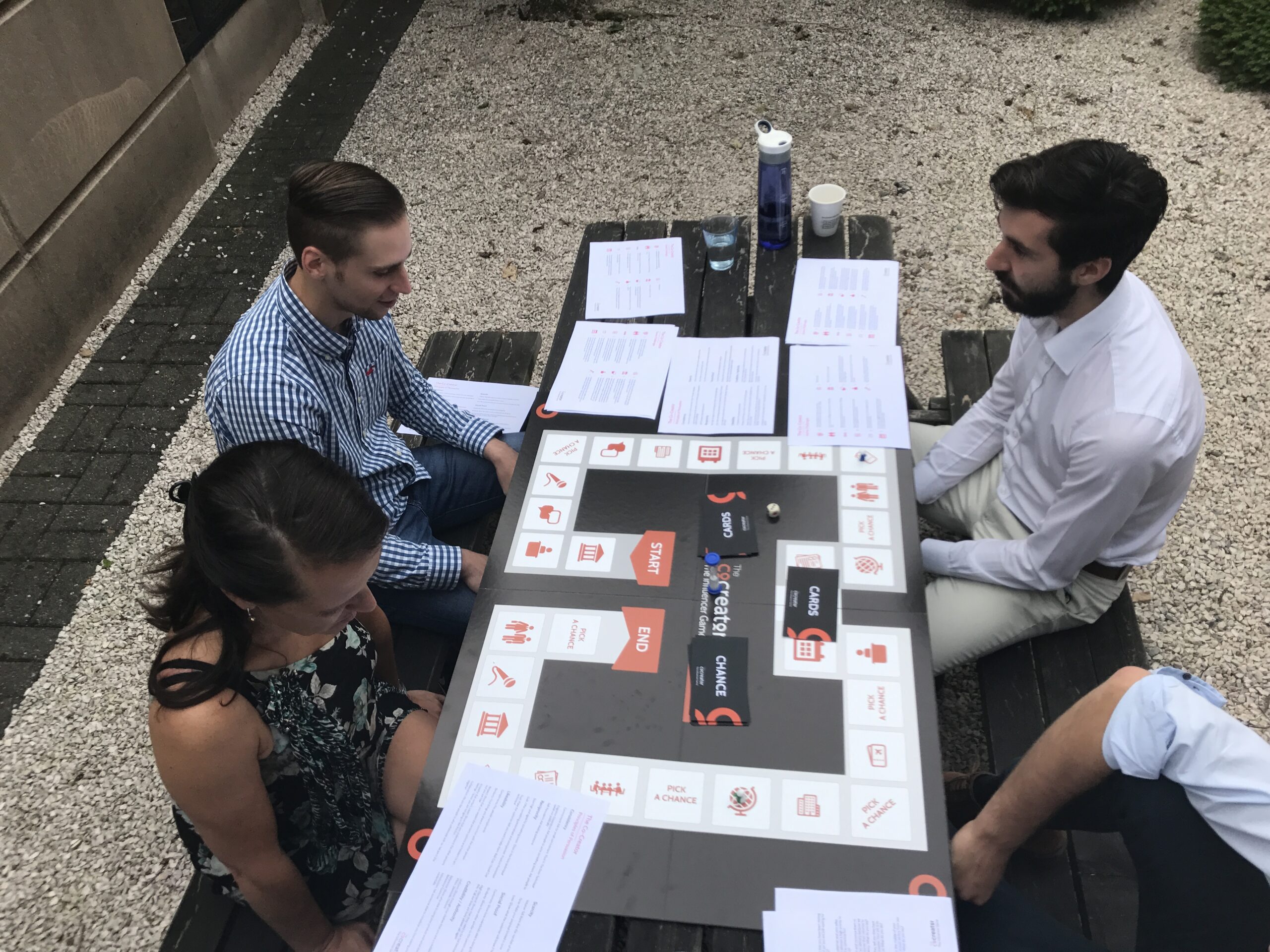What is it?
The Conversation Navigation Framework (CNF) is a dynamic approach designed to enhance the effectiveness of conversations across various settings. Drawing on Judith Glaser’s Conversational Intelligence and further enriched by practical components, CNF categorizes conversations into three types: Transactional, Positional, and Transformational. Furthermore, this framework empowers individuals to recognize and adapt their conversational strategies based on the underlying type, engagement levels, and emotional dynamics present. The framework has many overlaps with the Behaviour Change Stairway Model which is elaborated in a different post on our blog.
Useful for:
Consequently, the Conversation Navigation Framework finds its utility across a spectrum of environments such as businesses, educational institutions, and counselling services. It benefits a wide audience, including:
-
- Leaders and managers aiming to foster better teamwork.
-
- Educators and trainers seeking to enhance classroom interaction.
-
- Sales professionals and marketers looking to deepen customer connections.
-
- Individuals striving for improved communication in both professional and personal realms.
Application:
To apply the Conversation Navigation Framework, involves a conscious effort to:
-
- Be Aware: Identify the nature of the conversation, gauge emotional undertones, and assess participant engagement.
-
- Adapt and Evolve: Modify conversational tactics to better align with objectives and audience needs.
-
- Seek and Reflect on Feedback: Encourage open feedback and use it as a basis for continuous improvement.
Through this process, the Conversation Navigation Framework can be applied in varied conversational scenarios, enhancing the impact and meaningfulness of each interaction.
Process:
Step 1: Choose the Right Type of Conversation:
-
- Transactional: Just sharing information. Main goal: Be clear and accurate.
-
- Positional: Trying to convince others. Main goal: Share your point of view.
-
- Transformational: Understanding each other and coming up with new ideas. Main goal: Solve problems, think creatively, and build relationships.
Step 2: Understand the Current Conversation
Look at how people are talking (tone)and acting (engagement, listening, trusting, fearful) to figure out what kind of conversation it is.
Look and Listen: Notice how people talk (like their voice tone, how fast they speak, and their choice of words) and their body language (like eye contact and gestures).
Types of Tones:
-
- Neutral Tone: In transactional conversations (mainly about sharing information), the tone is usually neutral, without much emotion.
-
- Negative Tone: Positional conversations (where people are trying to convince each other) can get negative, turning into arguments or defensive talks.
-
- Positive Tone: Transformational conversations (focused on understanding and creating new ideas together) tend to have a positive tone, as everyone is open to different views.
Engagement Evaluation: Analyse the level of active or passive participation from all parties. (Engagement Barometer)
-
- Limited Level: Transactional conversations have limited engagement levels, as these are mostly about exchanging facts.
-
- Dominant / Unequal level: In a positional conversation one person might dominate, leading to an uneven level of engagement.
-
- High Equal Level: In a transformational conversation everyone is equally involved, making it a group effort.
Questioning Evaluation: Analyse the level of questioning in each other’s point of view.
-
- Basic Level: In transactional conversation questions are mainly used to get the facts right and to ensure everyone understands everything.
-
- Selective Level: In a positional conversation people use questions to lead or steer the other party to their point of view.
-
- Active Level: In transformational conversation questions go deep, trying to understand ideas, feelings, and intentions. (see our blog post on Calibrating Questions)
Trust Evaluation: Trust is a foundational element that shapes how participants engage in these conversations, impacting their openness, willingness to share, and responsiveness to others.
-
- Basic Level: In a transactional conversation basic trust is needed, like trusting the information given.
-
- Moderate Level: In a positional conversation A moderate level of trust is necessary to keep the talk respectful.
-
- High Level: In a transformational conversation High trust is essential for open sharing and creative thinking.
Fear Evaluation: Fear, whether it stems from personal insecurities, the potential consequences of the conversation, or the nature of the interaction itself, can manifest differently across these conversation types.
-
- Low Level: In a transactional conversation, there is generally little fear as these talks are straightforward.
-
- High Level: In a positional conversational fear can be higher, like the fear of losing an argument.
-
- Moderate Levels of Fear: In a transformational conversation Managing fear is key to ensuring everyone feels safe to speak up.
Truth evaluation: In the realm of conversation, the element of truth varies significantly across different types of interactions, embodying the core of each conversation’s objective.
-
- This is right (or this is the truth): In transactional conversations, truth is anchored in the information being exchanged, with a focus on clarity, accuracy, and the factual content of the message.
-
- I am right (or I hold the truth): Positional conversations see truth as a point of contention, where each participant aims to assert their version of the truth, persuading others to align with their perspective through argumentation and evidence.
-
- What is right? (or what is the truth?): Transformational conversations, however, adopt a collaborative approach to truth. Here, participants engage in a collective quest to uncover and agree upon a shared understanding of truth, valuing open dialogue, mutual respect, and the synthesis of diverse viewpoints.
| TRANSACTIONAL | POSITIONAL | TRANSFORMATIONAL | |
| Truth | this is Right | I am Right | what is Right? |
| Tone | Neutral | Negative | Positive |
| Engagement | Low Level | Dominant / Unequal Level | High / Equal Level |
| Questions | Low / Closed | Moderate / Leading | High / Open |
| Trust | Basic | Moderate | High |
| Fear | Low | High | Moderate |
Step 3: Adaptive Strategies
Adaptive Strategies within the Conversation Navigation Framework (CNF) are essential tools to facilitate a shift towards more productive and collaborative conversations. By implementing these strategies, individuals can effectively change the dynamics of a conversation, moving from transactional or positional to transformational discussions. Here are the strategies along with examples of their application:
1. Expectation Setting
-
- Transactional: Setting a clear agenda to ensure that all participants are aware of the conversation’s objectives and can contribute efficiently.
-
- Positional: Framing the conversation around a central idea or argument, allowing for a focused debate on differing viewpoints.
-
- Transformational: Establishing a shared purpose that guides the conversation towards collective problem-solving and innovation.
2. Body Language
-
- Transactional: Adopting a neutral or conscientious posture to convey a professional and focused approach.
-
- Positional: Using dominant or assertive gestures to emphasize points and establish a stance.
-
- Transformational: Demonstrating open and empathic body language to encourage openness and build trust among participants.
3. Tone of Voice
-
- Transactional: Keeping a calm and monotonous tone to maintain a neutral atmosphere focused on information exchange.
-
- Positional: Employing a loud and forceful tone to assert one’s position and challenge opposing views.
-
- Transformational: Utilizing an energetic tone with variations to inspire enthusiasm and foster a creative exchange of ideas.
4. Encouragement
-
- Transactional: Acknowledging the receipt of information to confirm understanding and keep the conversation factual.
-
- Positional: Agreeing with certain points to find common ground, or to strategically pivot the discussion.
-
- Transformational: Encouraging participation and engagement by valuing all contributions, and fostering a collaborative environment.
5. Listening
-
- Transactional: Basic listening to ensure accurate information exchange and comprehension.
-
- Positional: Selective listening, focusing on arguments that support one’s own position while preparing counterarguments.
-
- Transformational: Active listening, fully engaging with the speaker’s ideas, emotions, and intentions to understand their perspective deeply.
6. Empathy
-
- Transactional: Demonstrating low levels of empathy, focusing primarily on the exchange of information.
-
- Positional: Showing sympathy, acknowledging others’ viewpoints without necessarily agreeing with them.
-
- Transformational: Exhibiting high empathy, deep understanding and valuing the emotions and thoughts of others.
7. Rapport Building
-
- Transactional: Minimal effort to build rapport, keeping interactions strictly professional.
-
- Positional: Engaging in small talk to ease tensions and establish a basic level of personal connection.
-
- Transformational: Sharing personal stories and experiences to create deep connections and mutual understanding.
8. Persuasion
-
- Transactional: Enhancing the credibility of the information shared to ensure it is accepted as factual and accurate.
-
- Positional: Attempting to change minds and opinions through logical argumentation and various pressure tactics. (see our Blog Post on Cialdini’s Persuasion Principles and the Mindspace Framework)
-
- Transformational: Finding a consensus through dialogue, where the focus is on collective agreement and shared solutions.
| TRANSACTIONAL | POSITIONAL | TRANSFORMATIONAL | |
| Expectation Setting | Agenda | Idea | Purpose |
| Body Language | Neutral /Conscientious | Dominant / Assertive | Open / Empathic |
| Tone of Voice | Calm / Monotonous | Loud / Forceful | Energetic / High Variations in Tone |
| Encouragements | to Acknowledge | to Agree | to Engage and Participate |
| Listening | Basic | Selective | Active |
| Empathy | Low | Sympathy | High |
| Rapport Building | Little | Smalltalk | Sharing Personal Stories |
| Persuasion | to enhance Credibility of the Information | to Change Minds & Opinions | to Find a Consensus. |
Glaser K, 2016, ‘Conversational Intelligence: How Great Leaders Build Trust and Get Extraordinary Results’, Routledge


